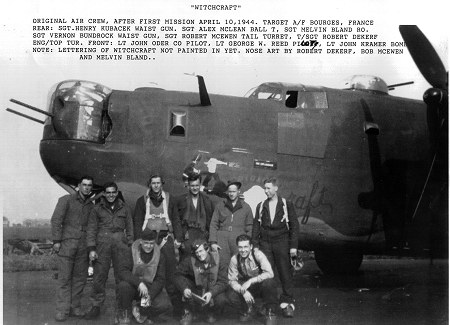
A picture of the original Witchcraft and crew after their first mission. From http://www.467bg.com/witchcraft.html.
by Brooke P. Anderson, brooke@electraforge.com

A picture of the original Witchcraft and crew after their first mission. From
http://www.467bg.com/witchcraft.html.
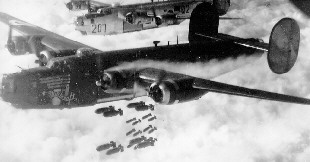
Witchcraft in action. From http://www.2ndair.org.uk/2admemlib/DisplayArticle.asp?ID=7861
.
Click here to see many historical pictures of Witchcraft.

B-24 crew positions, for reference in figuring out where the pictures below
were taken. There are 12 positions (nose gun, bombardier, navigation, pilot,
co-pilot, flight engineer, top turret, radio, ball turret, left waist gun, right
waist gun, and tail gun) and typically 10 crew. There was some variation in
how the B-24's were crewed. Typically (but not always), the flight engineer
would also man the top turret, and the radio operator would also man one of
the waist guns. Sometimes, a nose gunner was not used, and that person would
instead man a waist gun or the top turret, freeing up the radio operator or
flight engineer to stay at his main position.
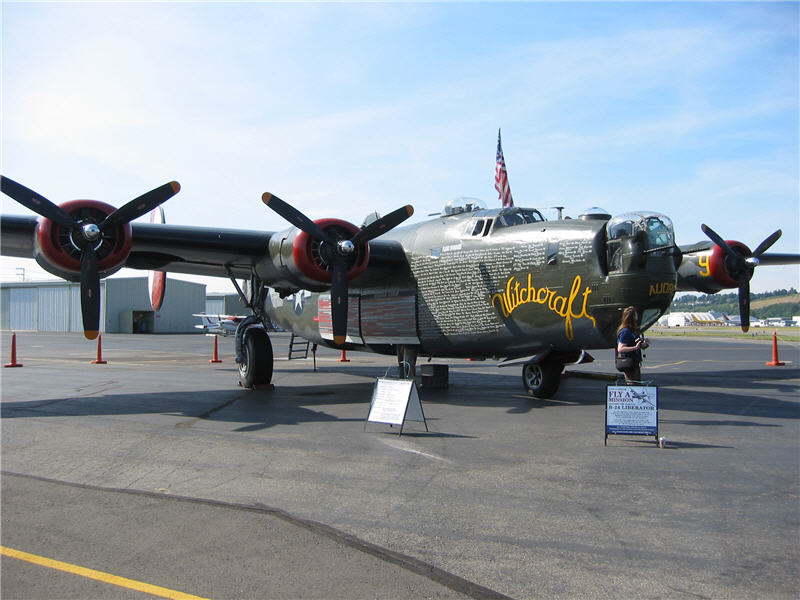
Picture 1. Witchcraft, the world's only flying B-24 Liberator. It is
a B-24J owned by the Collings Foundation.
They occasionally change paint schemes (last year was The Dragon and His Tail),
and each year, they go on a tour of the US. Incredibly, they sell rides on it
for $400 each. Brooke's sweetheart Traci is looking up at the machineguns at
the nose-gunner position.
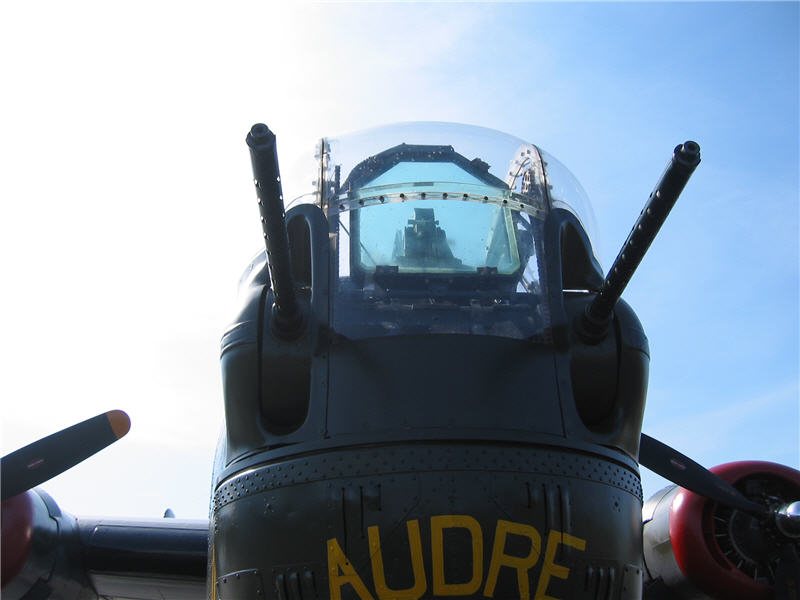
Picture 2. The nose-gun position.
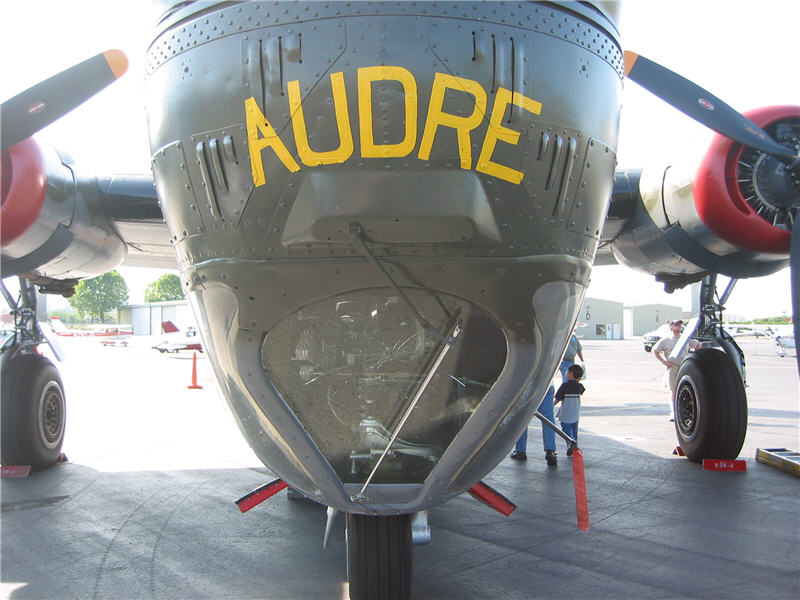
Picture 3. The window the bombardier looks through.
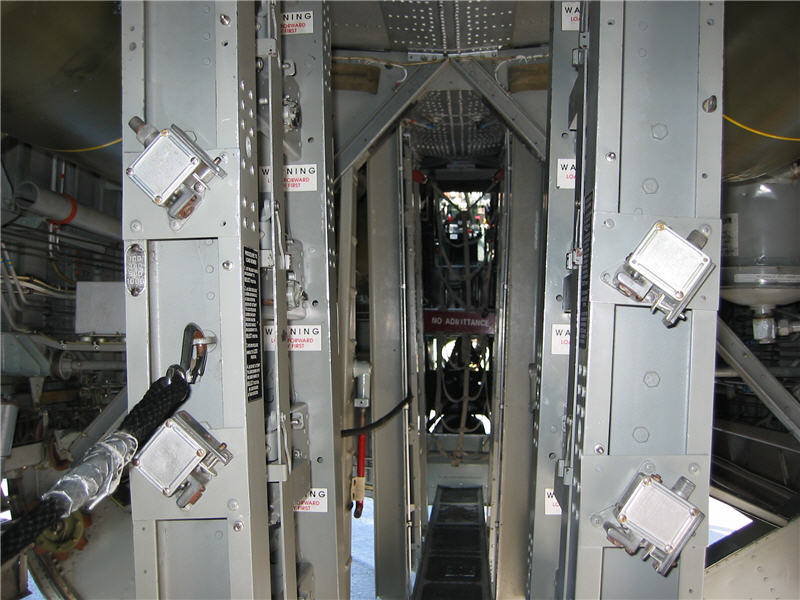
Picture 4. I am standing at the aft section of the bomb bay looking forward.
The sign forward that says "NO ADMITTANCE" webs off the radio room/flight-engineer
compartment and cockpit (which are above "no admittance") and the
crawlway forward to the navigator, nose-gunner, and bombardier positions (which
are below "no admittance"). The beam I'm standing on is about one
foot wide and runs the length of the bomb bay. The bomb bay doors are open.
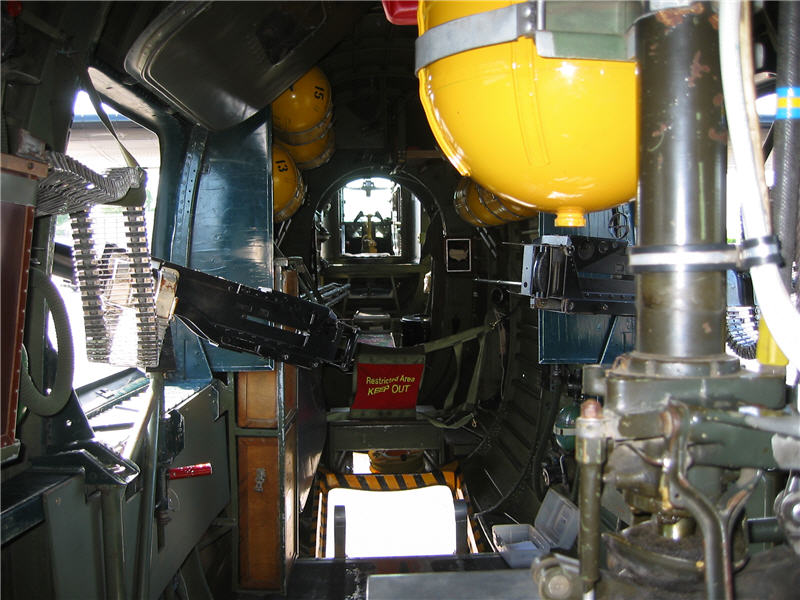
Picture 5. I am sitting on the ledge attached to the bulkhead at the
rear of the bomb bay and taking a picture aft. The yellow canisters are for
oxygen for the gun crew. The right waist-gun position is on the left side of
the picture; the left waist gun is just visible to the right. The complicated
apparatus to the right (the top of which looks like a pole) is the support mechanism
for the ball turret. The aft entryway door is open at the bottom of the picture
(below the "Restricted Area KEEP OUT" sign). Past the "restricted
area" sign is the aft section of the B-24 showing the tail-gunner position,
including the control yoke for the tail gun.

Picture 6. A view forward toward the position I was sitting in while
taking Picture 5. The ball turret is visible. Directly forward of the ball turret
(somewhat obscured by the plaque on the ball-turret support) is a little doorway
that is open. That leads to the bomb bay and the position I was standing in
for Picture 4. During takeoff and landing, four people sit on the bench/bulkhead
just forward of the ball turret. You can see some lap belts on the bench. Three
other people sit on the floor just aft of the ball turret with their backs against
the beam at the bottom of this picture.

Picture 7. People entering the B-24 prior to a flight. The flight crew
is in the cockpit, with one at the flight-engineer position. Passengers enter
through the bomb bay, stepping up onto the beam that runs the length of the
bomb bay. One person goes forward to the navigator position. Four people sit
against the aft bomb-bay bulkhead. Three people sit on the floor just aft of
the ball turret. See Picture 6 for those locations.

Picture 8. Witchcraft taxiing for takeoff.
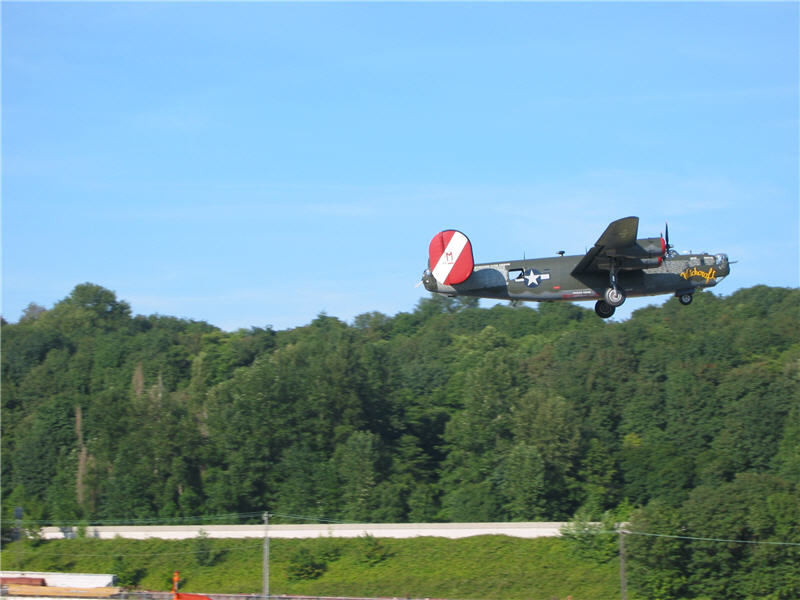
Picture 9. Witchcraft takes off from Boeing Field and the Museum of Flight,
Seattle.

Picture 10. Witchcraft raising the landing gear. It is very noisy and
windy inside a flying B-24. Once the gear is up, the flight engineer rings the
loud "bail out" bell once. This tells the passengers they are now
free to unbuckle lap belts and wander freely throughout the B-24, going everywhere
from the tail-gunner position to the nose-gunner position and everything in
between.
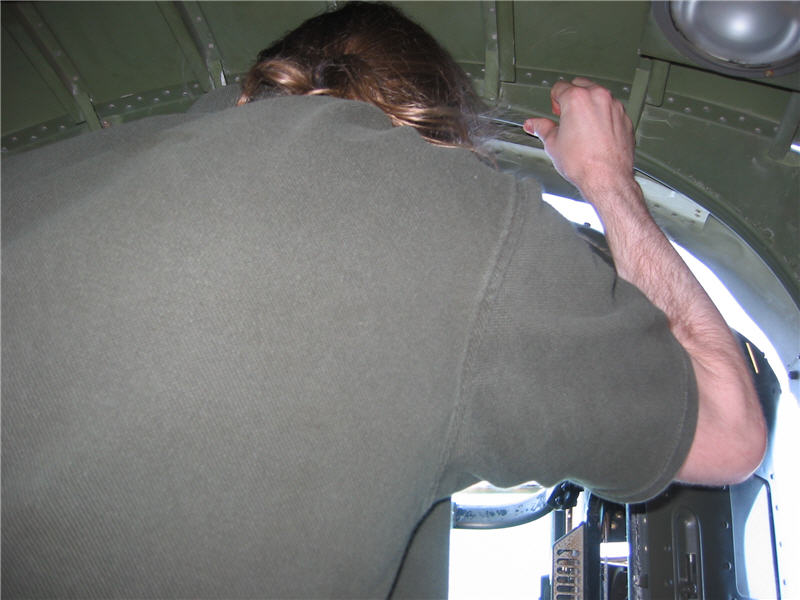
Picture 11. I start my pictorial journey at tail. Here, I wedge myself
into the tail-gun position, putting my feet in first.
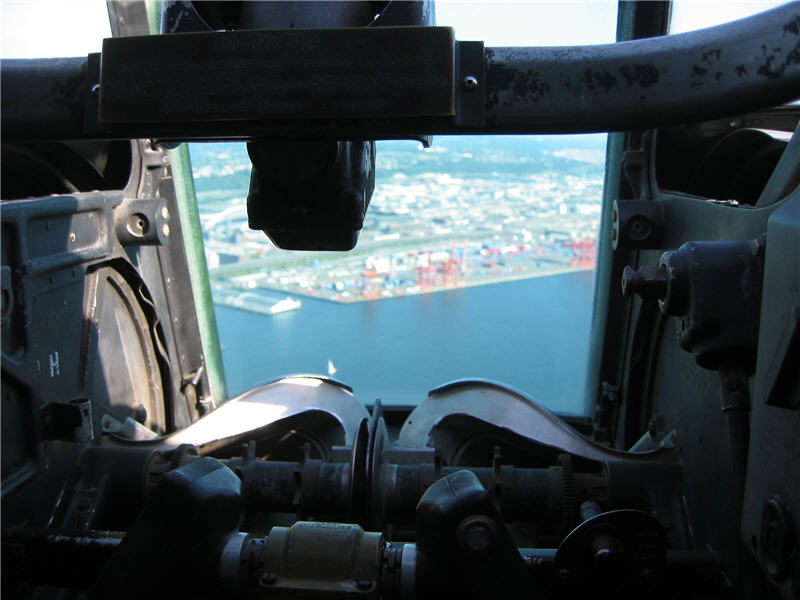
Picture 12. A view out the tail-gunner's position of the port just south
of Seattle.
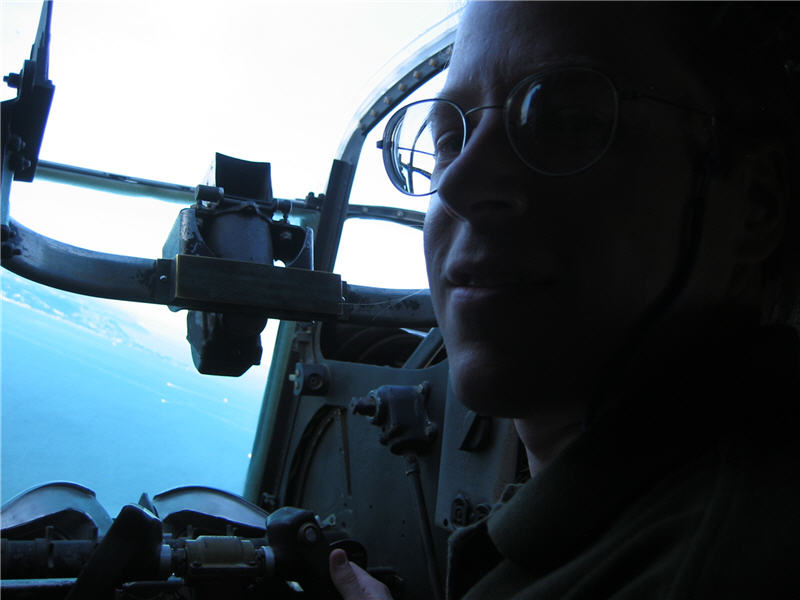
Picture 13. A picture of me in the tail-gunner position as Witchcraft
banks right. I've got my hands on the control yoke. I'm ready to shoot at Tilt,
Culero, or Filth if they come by in 109's. It's a marvelous view from this position,
which isn't evident from the picture. It's also windy in here. Even though you
are mostly enclosed, there are gaps in various places open to the outside, such
as between the tail-gun housing and the fuselage.
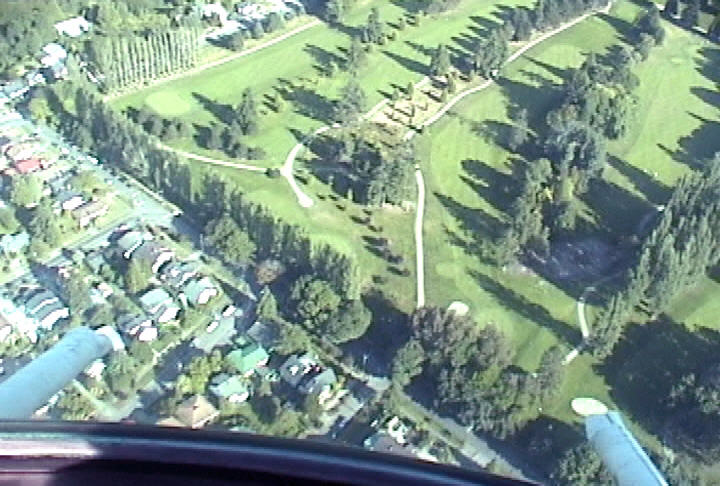
Picture 13.2. A view down from the tail-gun position, illustrating some
of the view, while working to strafe golfers.
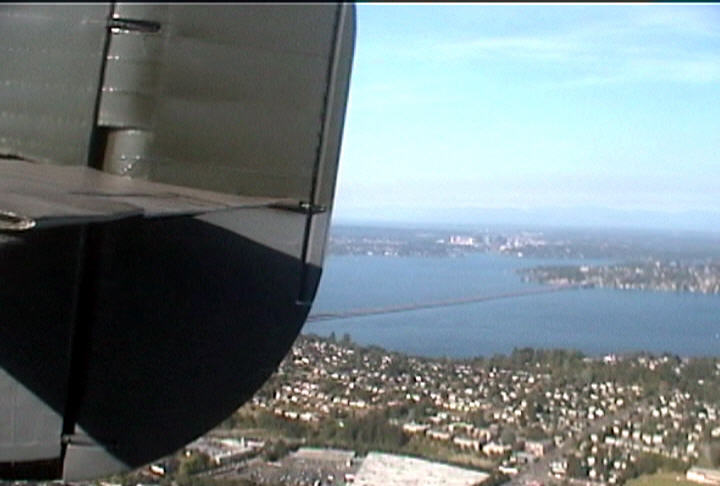
Picture 13.3. A view left out the tail-gun position, showing the right
rudder of the B-24 and more of the view one gets from the tail-gun turret.
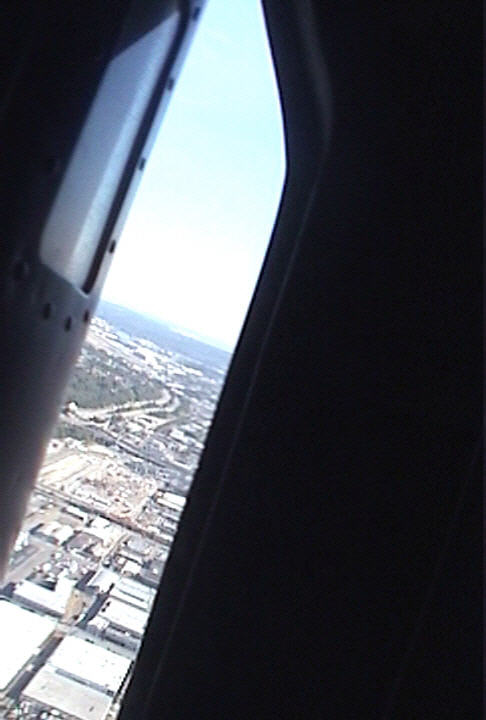
Picture 13.4. A view out of the gap between the tail turret and the fuselage
of the B-24. This is one example of gaps that let in a lot of wind at 180 miles
per hour.
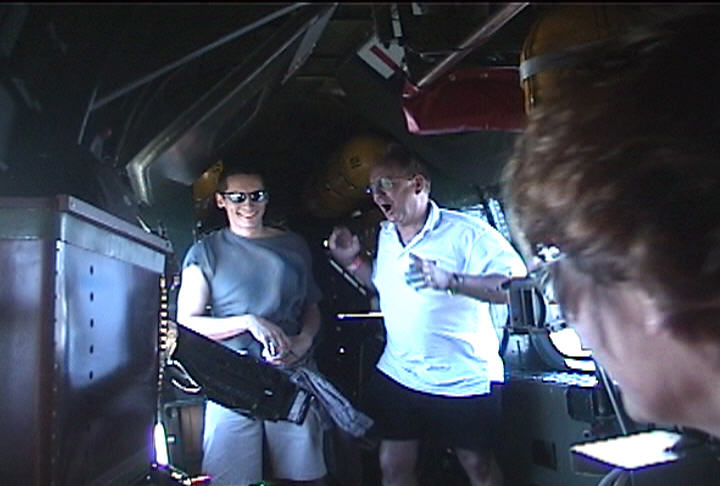
Picture 13.5. A view forward to the waist-gun positions. Two of the other
passengers seem to be having fun.
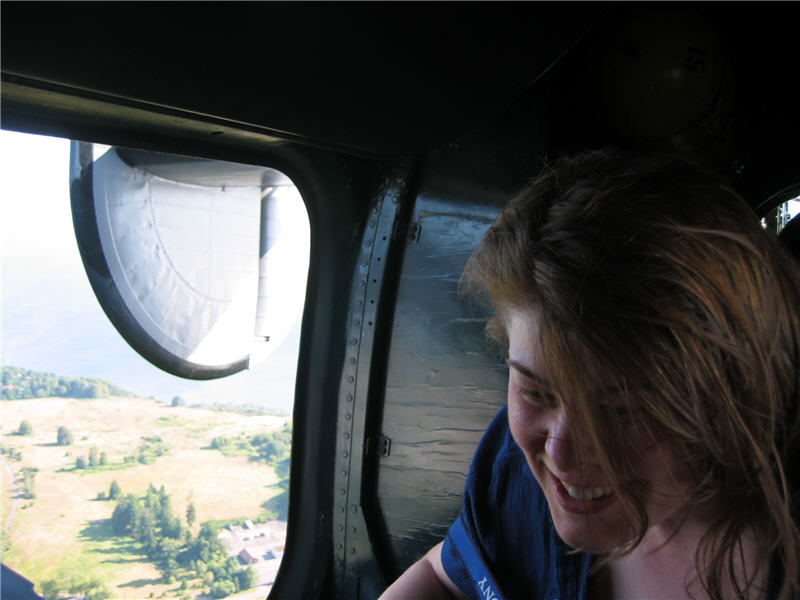
Picture 14. Traci near the right waist-gun position. The waist-gun windows
give a wonderful view outside -- this picture only shows a portion of it. The
waist-gun windows are large and open to the air, so it is very windy, and you
get the largest blast of air just aft of this position. There, the wind is strong
enough at some angles to knock my glasses off, and I have to hold them on. I
can't imagine what it would be like at 25,000 ft. and -30 deg. F.
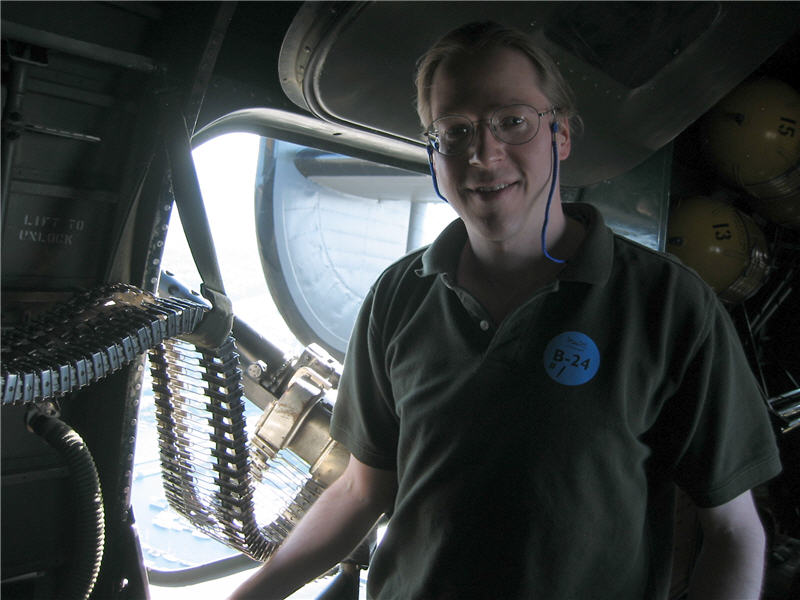
Picture 14.2. Me (Brooke) at the right waist-gun window. I'm smiling
instead of manning the position as SilverFox, Newman, and Vladd are flying escort.
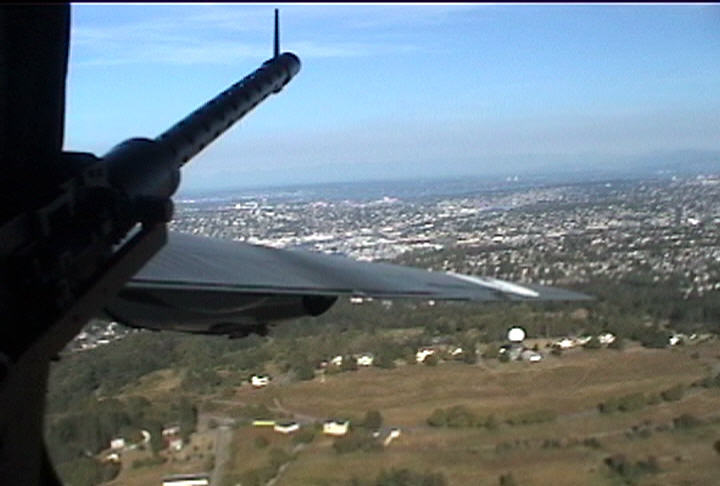
Picture 14.3. A picture showing some of the view angle out of the right
waist-gun position.

Picture 14.4. Traci draws a bead on downtown Seattle with the left waist
gun.
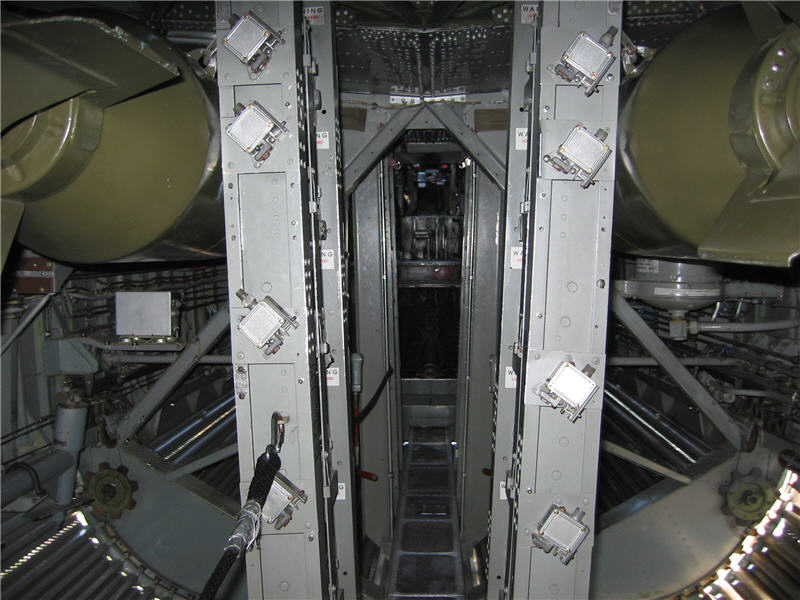
Picture 15. I'm standing at the back of the bomb bay, ready to make my
way forward. The bomb-bay doors are closed, but they are far from air tight,
and there is a lot of wind in the bomb bay. Two mock bombs are visible to the
left and right. Also, the bomb-bay doors are meant to break away if much weight
is put on them. This is so that, if they stuck shut, you could still drop bombs
and not have them trapped in the bomb bay. Thus, passengers are instructed not
to walk on the bay doors and not to fall off or to step off the beam that runs
the length of the bay. It's pretty narrow, and you have to turn sideways to
make it through the supports.
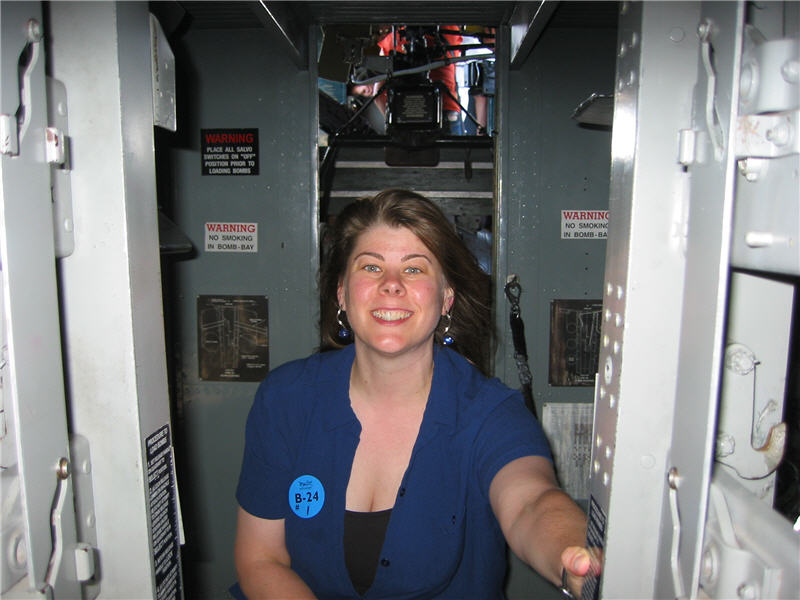
Picture 16. I'm standing in the bomb bay facing the back of the B-24.
Traci is standing just inside the bomb bay near the entryway from the ball-turret
and waist-gunner positions with wind blowing her hair around. Above her head,
you can see toward the tail of the plane and to the tail-gun position, where
some other passengers are. (Thanks, Martin, for pointing out the orientation
of this shot.)
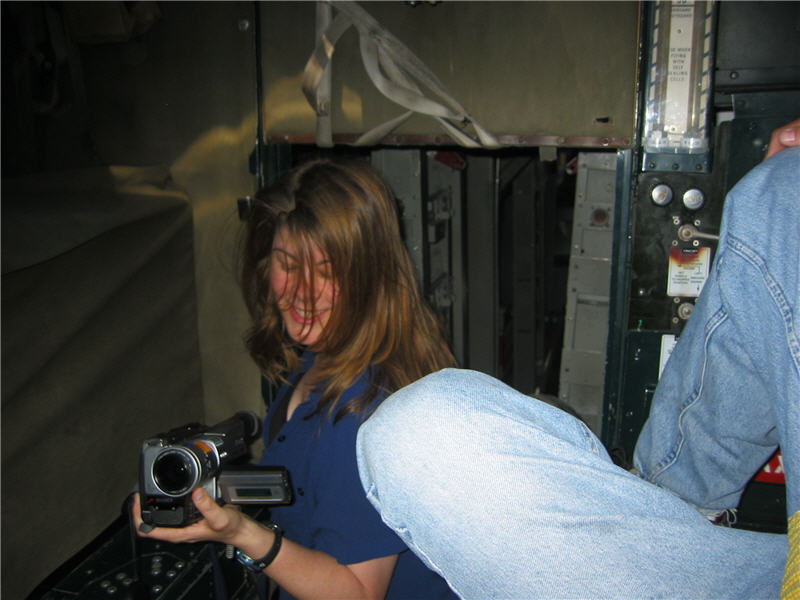
Picture 17. I am in the radio room/flight-engineer compartment. Traci
is coming in through the doorway from the bomb bay.
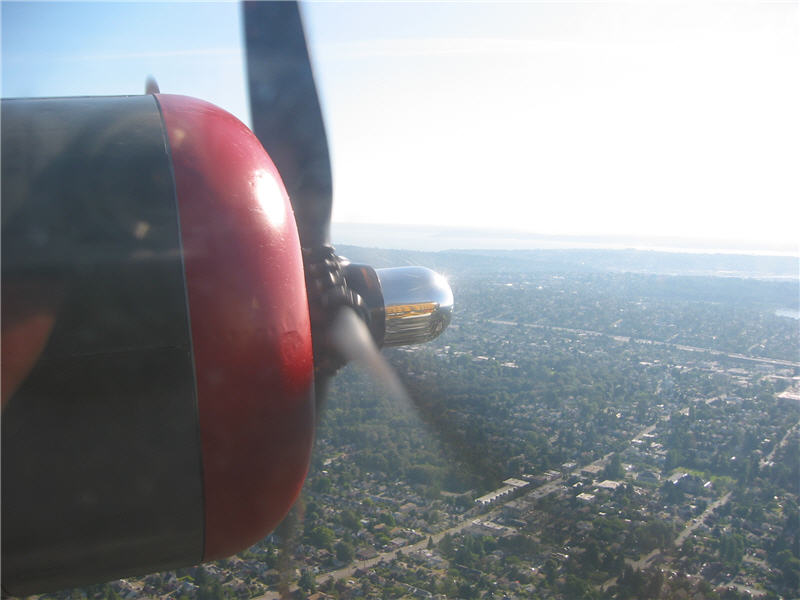
Picture 18. A picture out the left window of the radio room. The prop
tip of the inside left engine passes very close to this position -- within a
couple of feet.
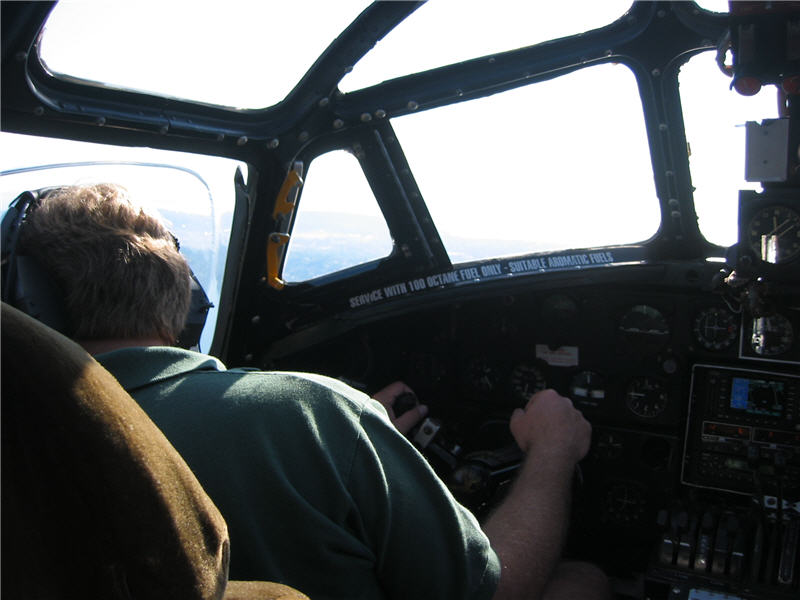
Picture 19. A picture of the pilot and the left half of the cockpit.
I am standing up in the radio room/flight-engineer compartment, in the entryway
to the cockpit. Hmm . . . should be Gypsy Baron, Flossy, or Leigh up there!
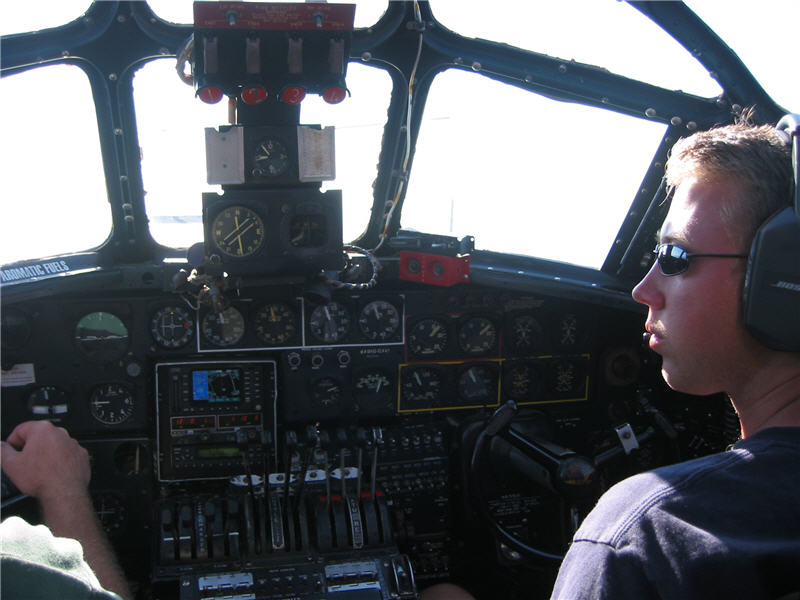
Picture 20. A picture of the copilot and the right half of the cockpit.

Picture 21. A picture of the cockpit and the entryway to the cockpit,
taken from the radio room/flight-engineer compartment. Just below this picture,
under the cockpit, is the crawlway forward.
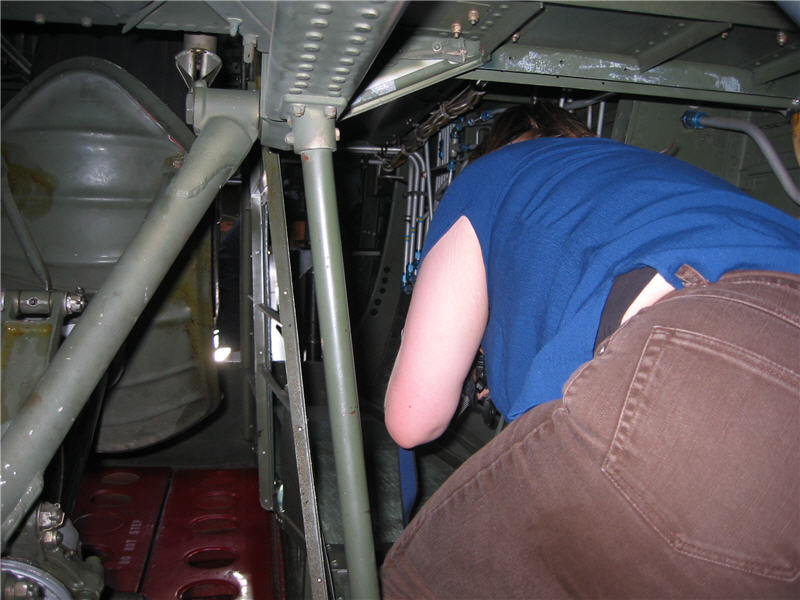
Picture 22. Traci goes through the crawlway forward. In the bottom left
of the picture (red with "do not step" on it) is the nose-wheel door.
To the left is the nose wheel. The nose-wheel door (which is designed to open
if you push hard enough on it) was a bailout point for the crew. Can you imagine
trying to get there to bail out while wearing a bulky flight suit and parachute?
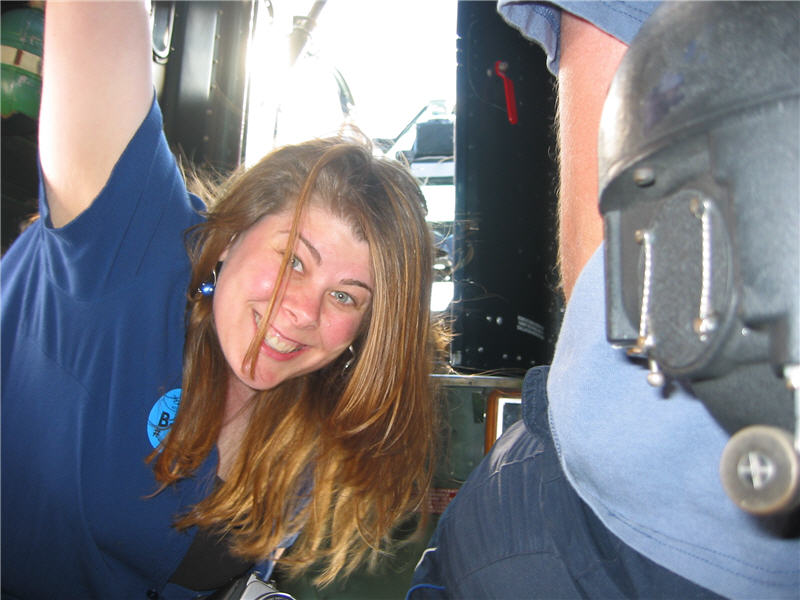
Picture 23. Traci welcomes me into the forward compartment. The nose-gunner
position is forward from here. One of the flight crew is seated to the right
of the picture at the navigator's position, making sure too many people don't
try to crowd the front compartment at once.
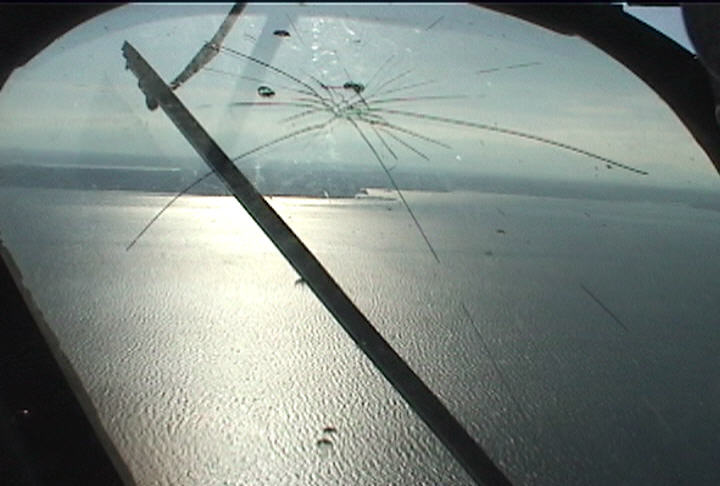
Picture 23.2. A picture out of the bombardier's window, showing the wiper
blade and the crack in the middle of the window (which is also visible in picture
3).
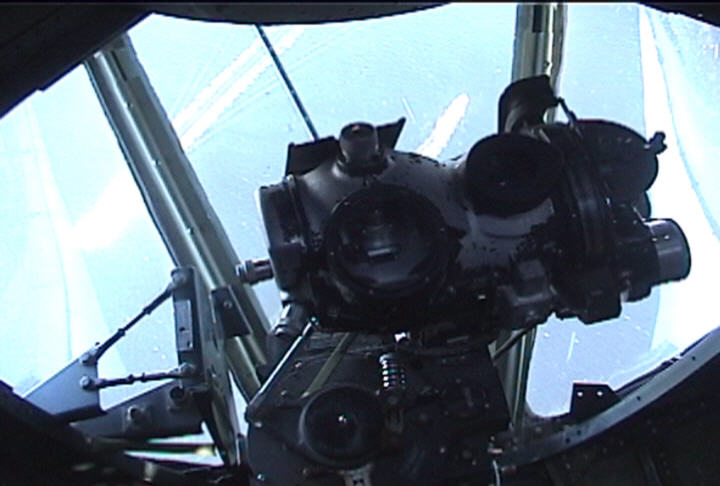
Picture 23.3. A view looking down at the bomb sight and through the bombardier's
window. The white streaks are from boats on the water below. It puts me in mind
of bombing carrier groups in Aces High.
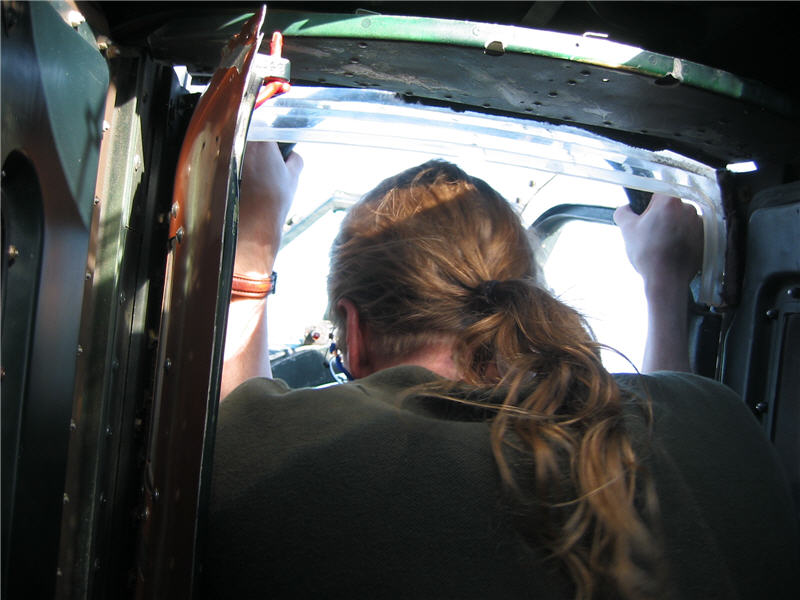
Picture 24. I am working to wedge myself into the nose-gun position.
Again, I pull myself up and go in feet first. It is a very tight fit -- tighter
than the tail-gun position.
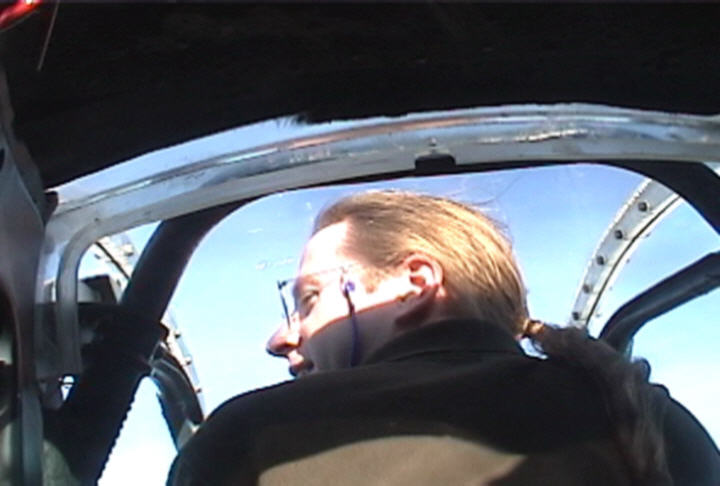
Picture 24.2. A picture of me once I'm inside the nose turret.
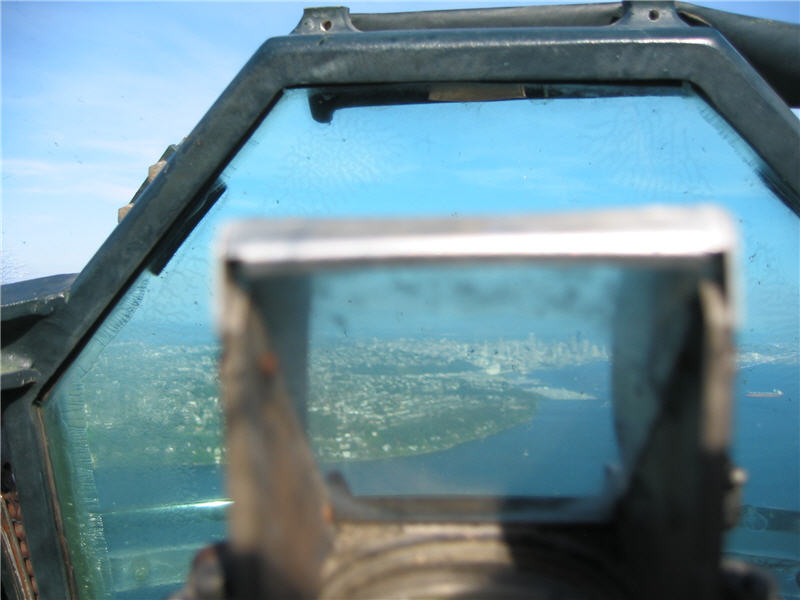
Picture 25. I draw a bead on downtown Seattle through the nose-gun sight.

Picture 26. I check left. It's all clear, as ROC, Jordi, and Whels have
done forward sweeps and cleared a path. You can't get a good appreciation of
it from this picture, but I am almost entirely surrounded by plexiglass, perched
out in front of the B-24, and the view is amazing. It is also extremely noisy
-- seemingly the noisiest position in the B-24. I'm glad I'm wearing ear plugs.
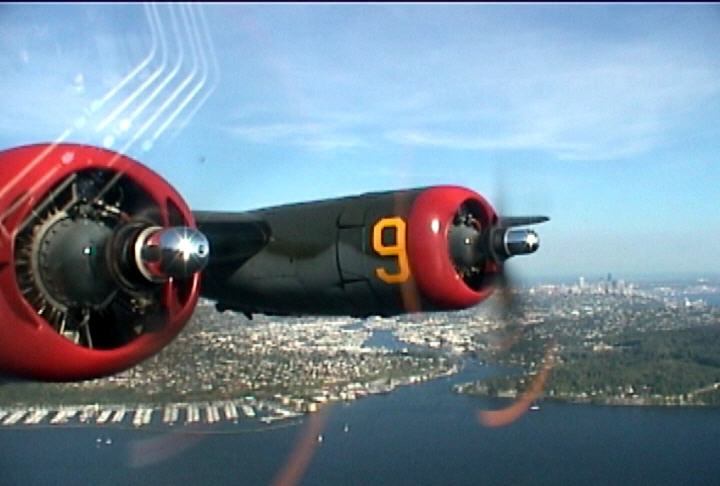
Picture 26.2. A view out of the navigator's window of the left wing and
left engines, with downtown Seattle visible in the distance.

Picture 27. Heading back through the bomb bay. Traci is in the doorway
to the aft compartment, near the ball turret. There is sizable gap between the
ball turret and the fuselage. Traci is videotaping a shot of the ground through
the gap. Wind is blowing her hair up.

Picture 27.2. A frame from the video Traci is taking in the previous
picture.
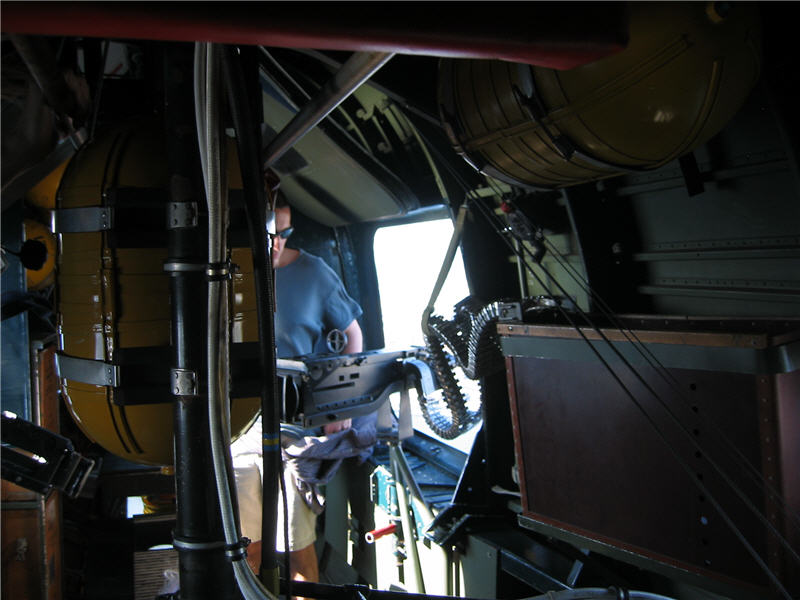
Picture 28. Sitting back down and buckling in for landing. Another passenger
takes a last look out the left waist-gun position. You can see the control cables
for the elevator or rudders or both slanting diagonally at the right of the
picture.
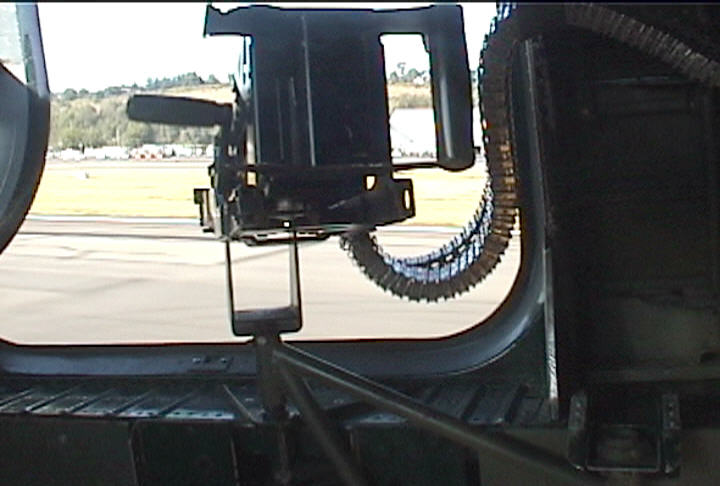
Picture 29. A view out of the left waist-gun port as we touch down.
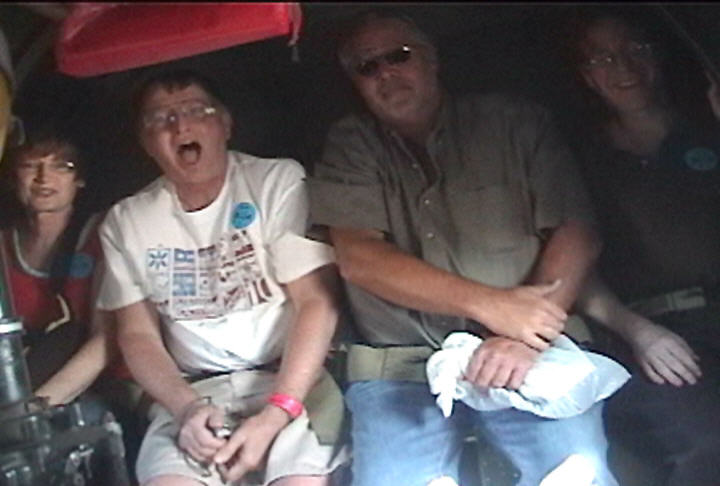
Picture 30. A view of four of us strapped in on the bomb-bay bulkhead
as we land. I'm on the right.
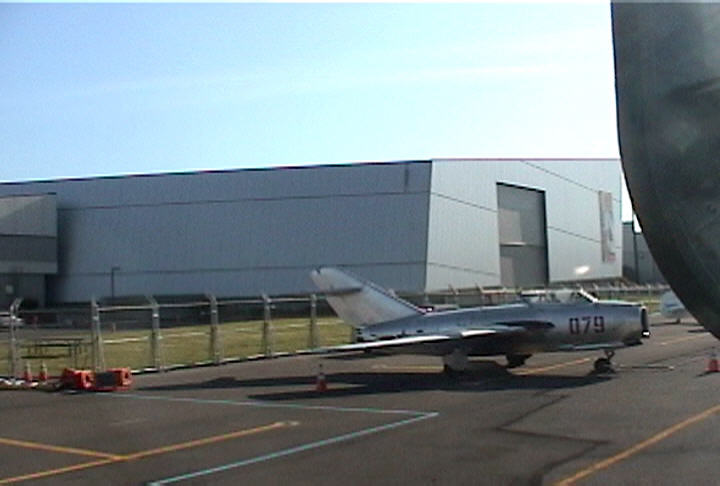
Picture 31. A view out of the right waist-gun port as we taxi to our
parking position. That's a Mig 15 sitting nonchalantly in the normal private-aircraft
parking area.

Picture 32. The conclusion to a wonderful flight.
Traci and I were very excited and honored to get the following e-mails about this series of pictures.
Sent Fri 10/7/2005 11:10 AM
To: brooke@electraforge.com
Subject: B-24 Pics
I just viewed your B-24 pics of Witchcraft. They are unbelievably fantastic. The best series I have ever seen.
I was a First Pilot in the 467th Bomb Group, 790th Sqdn which was the home Sqdn for Witchcraft. I feel priviliged that I was able to fly the aircraft on one of my 35 missions over Germany and the European Continent between Jul 1944 and Jan l945. You may know that it was the usual practice to fly in various aircraft of our Sqdn. 13 of my missions were flown in "Little Chum". The rest were flown in other aircraft randomly by assignment anywhere from 1 to 4 times.
Again, enjoyed your pics immensely, and someday I may take my last ride in that same B-24.
Sincerely,
Bob McKenzie
Sent Fri 2/3/2006 3:13 PM
To: brooke@electraforge.com
Subject: Witchraft Pictures
I ran across your sight on the Internet and was amazed at the beautiful job
you did in presenting information about the Witch.
I was Squadron Commander of the 790th at Rackheath for ;most of the missions
flown in Witchcraft. Tripod
Welcome to 790th
My wife and I went to Lynchburg, VA to see the Collings Witchcraft. I hoped
to arrange a flight with my son who was going to fly in on the Witch. Unfortunately,
weather conditions forestalled that pleasure, I never flew a combat mission
on the Witch but am sure that I probably flew on it in practice missions as
534 before it became famous and/or when I was checking out new pilots assigned
to the squadron.
I sent information on your Internet site to many of the former members of the
790th by email. I have received thanks for calling attention to your site.
You did a wonderful job.
Fred Holdrege
Colonel (Ret) USAF
Bob McKenzie flew Witchcraft on mission 57, on August 8, 1944. The target was the Clastres Aerodrome in Clastres, France. Here is a picture of Bob McKenzie and his crew from http://www.467bg.com/crew58.html:

Standing, left to right: R. M. Garver (bombardier), R. L. McKenzie (pilot),
W. K. Frye (co-pilot), N. Zeichik (navigator).
Kneeling, left to right: G. A. Derr (assitant engineer), W. Wells (waist gunner),
J. A. Nogan (position not given), J. F. Segalla (radio operator), C. C. Williams,
Jr. (tail gunner), C. A. Barnes (waist gunner).
Here are pictures of Fred Holdrege from http://www.the467tharchive.org/personnel.html.
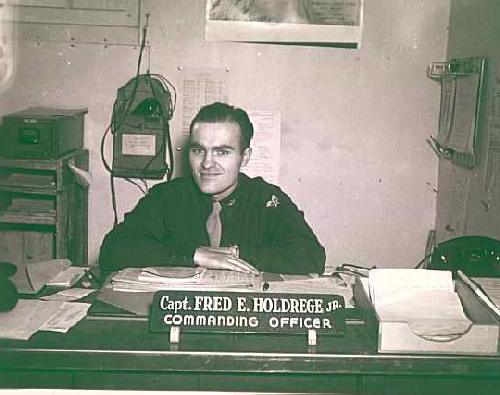
Fred Holdrege, Commanding Officer of the 790th Bomb Squadron.
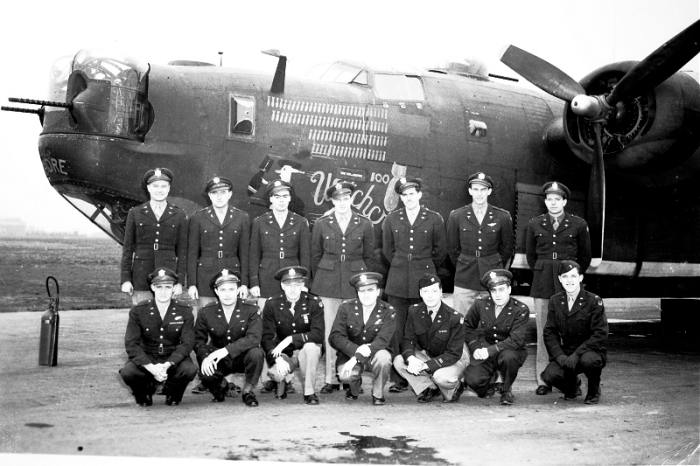
Officers of the 790th Squadron Administration in front of Witchcraft (100 missions
completed at this point). Fred Holdrege is in the front row in the center.
by Brooke P. Anderson
e-mail: brooke@electraforge.com
Click here to go back to the
main page.